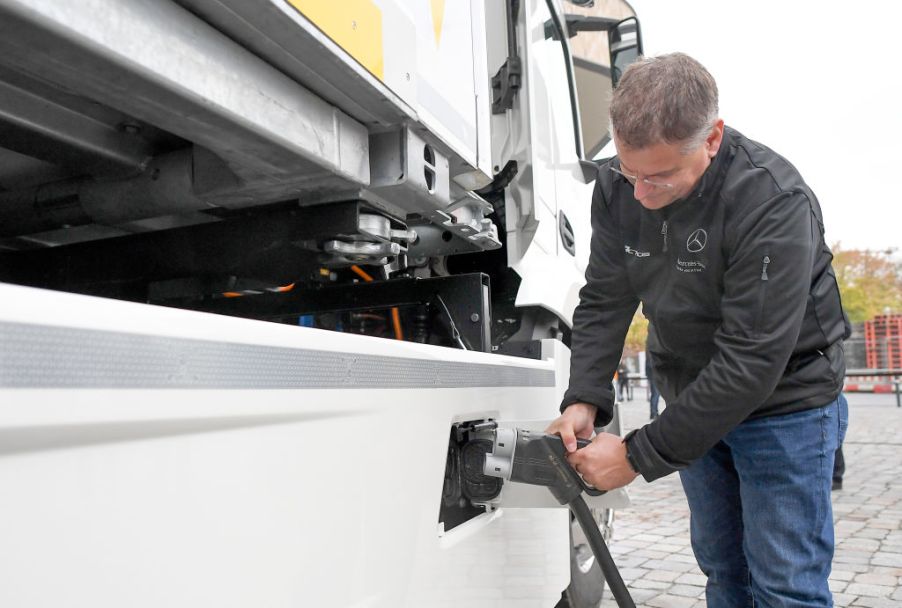
The Ugly Truth Behind Electric Vehicle Production
It’s common knowledge that electric vehicles produce little emissions through their tailpipes, but new research suggests that the actual production of these cars sends more pollutants into the atmosphere.
EVs are no longer a niche market limited to Tesla cars. More automakers are offering vehicles with either partial or electric powertrains. Not only are these cars better for the environment, but some are cheaper than their gas-operated counterparts.
Are they worse to manufacture than regular cars? Here’s how EV production could potentially do a lot of damage.
Electric vehicles produce more greenhouse gases
In most areas of the world, cars are required to pass an emissions test to measure how much hazardous gas their engines produce. There are two types of emissions: direct emissions and life cycle emissions.
Cars make direct emissions as a result of fuel evaporation as well as gas particles released while filling up the tank. Plug-in hybrid cars, which still have a gas motor in addition to an electric one, produce very little direct emissions. Fully-electric cars produce none at all.
Life cycle emissions are produced during a car’s manufacturing process. According to reports from three different countries, including the United States, producing an electric car creates 15-68% more greenhouse gases than cars with traditional engines.
Recycling batteries
A big reason for this is due to the electric car’s battery. EVs use lithium-ion batteries, which are more expensive and take longer to produce. Naturally, this is a bigger drain on natural resources.
According to one engineer, a single lithium-ion battery produces more greenhouse gases during production than a gas-operated transmission and engine put together.
Automakers can combat this issue by recycling batteries. While less of an EV’s battery can be salvaged than a standard lead-acid battery, it’s not impossible. Some automakers, like BMW and Tesla, have already committed to battery recycling programs.
Renewable energy
Another way to cut down on life cycle emissions is by using renewable energy directly from the environment, like solar energy or hydropower. Toyota and Tesla both want to make their plants powered by exclusively renewable energy in the future.
Gas-operated cars can also benefit from renewable energy. One GM factory gets most of its energy from two natural landfills. Next year, BMW plans to use exclusively renewable energy for the production of all new vehicles indefinitely. Other automakers, like Volkswagen and Ford, have also committed to cleaner innovations.
Emissions produced by motorized cars
While the increase of greenhouse gases from EVs is troubling, we can’t ignore the noxious gases that a non-electric car creates over the course of its lifetime. On average, it takes less than a day to build a regular car, but that single vehicle will continuously release more greenhouse gases for decades.
The Union of Concerned Scientists found that gas-operated cars produce the number of emissions it took to create them in just six months of driving. This is dependent on the car battery’s size, but it’s still much worse compared to one made of lithium-ion.
Should electric vehicle consumers be concerned?
The idea of electric vehicles has been skewed to make consumers believe these cars are the solution to high emissions. There’s no doubt that electric cars are better for the environment than gas-operated cars overall — but only if automakers responsibly manufacture them.
The International Council of Clean Transportation believes that if more automakers utilize natural energy or battery recycling, it could cut down on the emissions made during vehicle production by as much as 49%.



